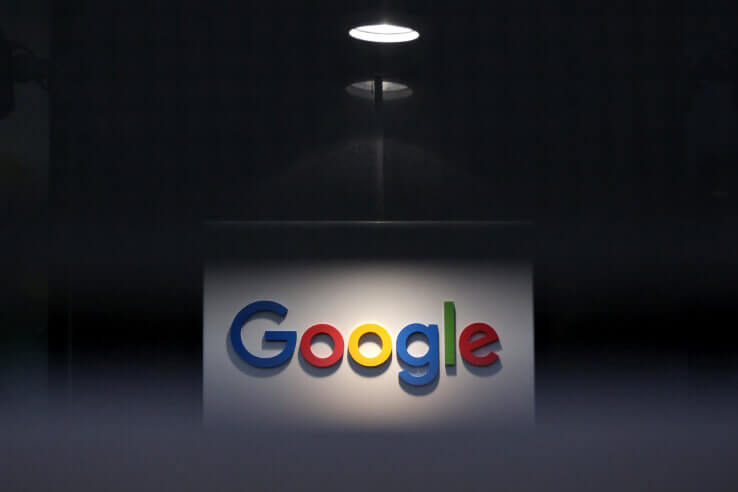
Google VP of Search, Ben Gomes, took to the stage at Google’s Future of Search event to not celebrate their 20th anniversary, but instead, to paint a picture for the future of search.
His talk started off with giving a overview of Google’s mission, and its focus on continuously organizing todays library of websites online. He also noted how the core principles for searching have also stayed the same, despite the overwhelming changes with technology.
During the event, Ben noted three fundamental shifts in their thought process of how search should evolve, these being:
- Searches that help guide users through a journey, highlighting and suggesting other pieces of content
- Queryless searches that help surface relevant information
- Better integration of visual content with plain text results
These improvements will also all be underpinned by the companies advancements in AI. Google will continue to improve what it calls its ‘neural networks’ so search queries produce relevant results even if the query does not contextually match the keyword searched.
Let’s take a more in-depth look at what these updates are.
Activity Cards
Google understands that users are likely to search for particular things over the course of days, weeks, or even months. One example Google uses is the research users do when planning a trip. When doing this, it’s likely users will look for the best tourist areas to visit, dining locations, directions, hotel plans, etc.
But what if you are looking to pick up on a search from where you left off? You can check your history, but that’s only so helpful. To help, Google is releasing activity cards, which will show you cards of relevant pages you’ve already visited.
Users will also be able to remove cards or even pause seeing the cards so they don’t become too obtrusive when searching.
Improved Collections
Collections, which currently exist in Google Plus, allow users to keep track of content they’ve recently visited.




